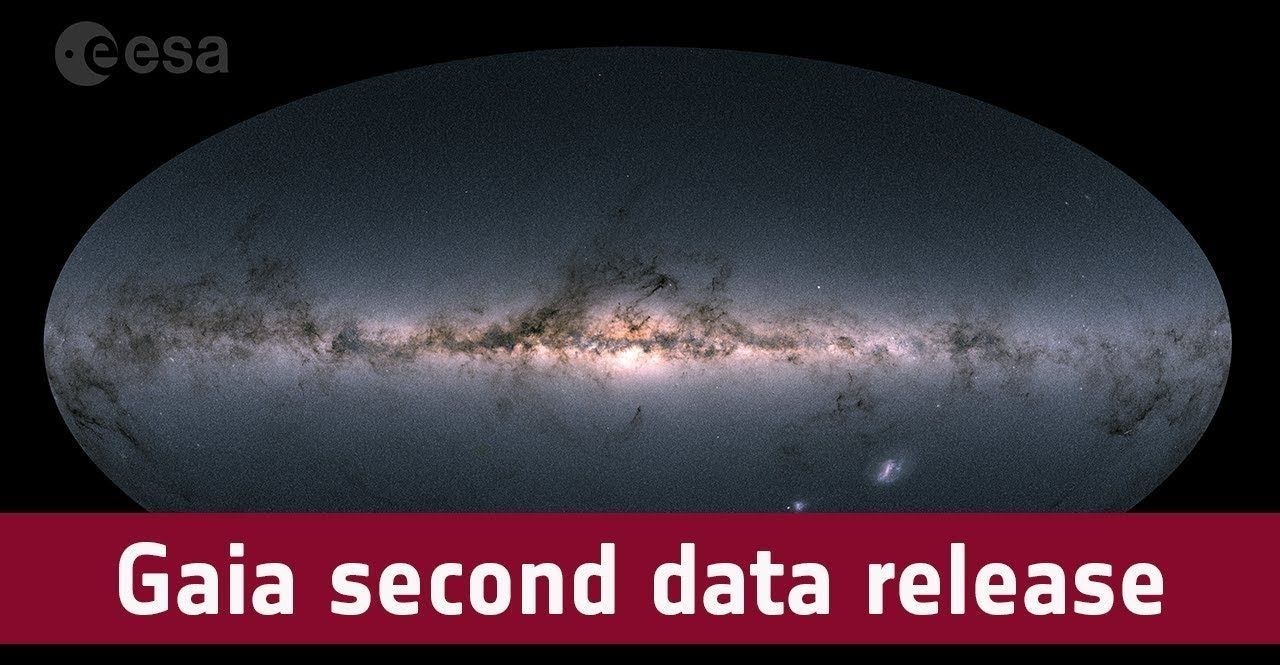The European Space Agency (ESA) has taken a “galactic census” of the Milky Way, unveiling the second major data release from the Gaia mission. Along with some stars further afield, the data release provides the most detailed map of our home galaxy, which includes position, distance and motion data of nearly 1.7 billion stars, as well as the orbits and positions of thousands of asteroids.
The Gaia spacecraft began scanning the sky in 2014, and in September 2016 the first data release was published based on 14 months of observations. It contained position and brightness data of 1.1 billion stars, as well as the distance and motion data of two million of those stars.
This second data release has expanded the scope dramatically. Using half a million bright, distant quasars as a kind of celestial reference frame, Gaia was able to determine the coordinates of close to 1.7 billion stars, and catalogued the motion of 1.3 billion stars. The latter group includes the velocity and parallax motion – the apparent shift of the stars in the sky caused by the Earth’s orbit – and allows researchers to separate their actual movements from those caused by our moving vantage point.
